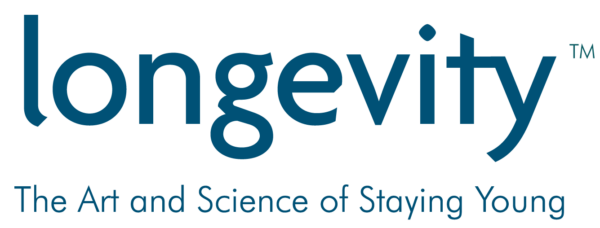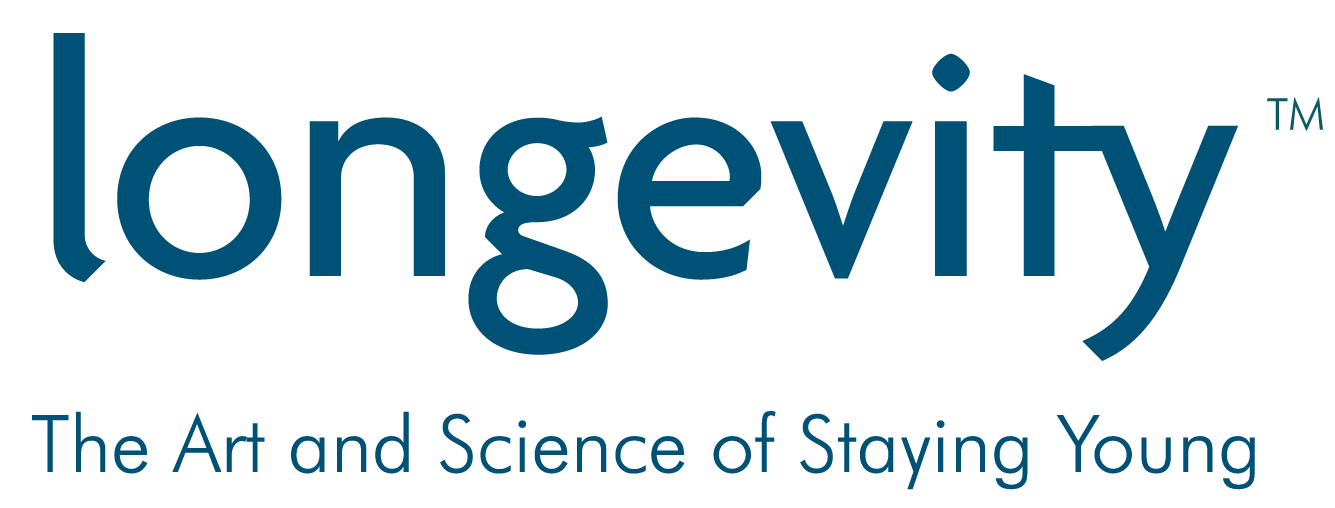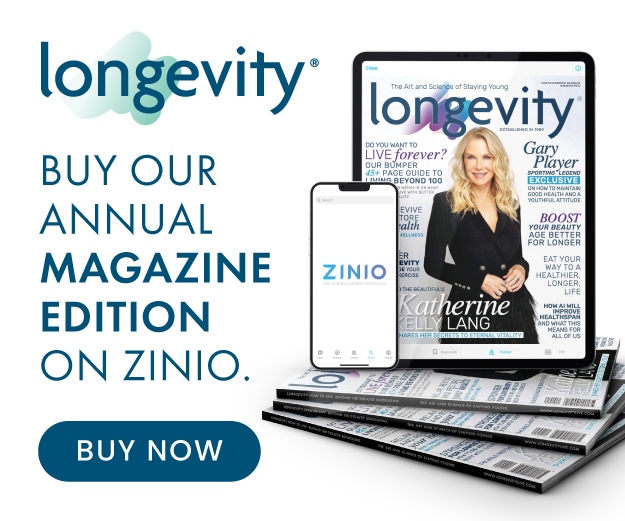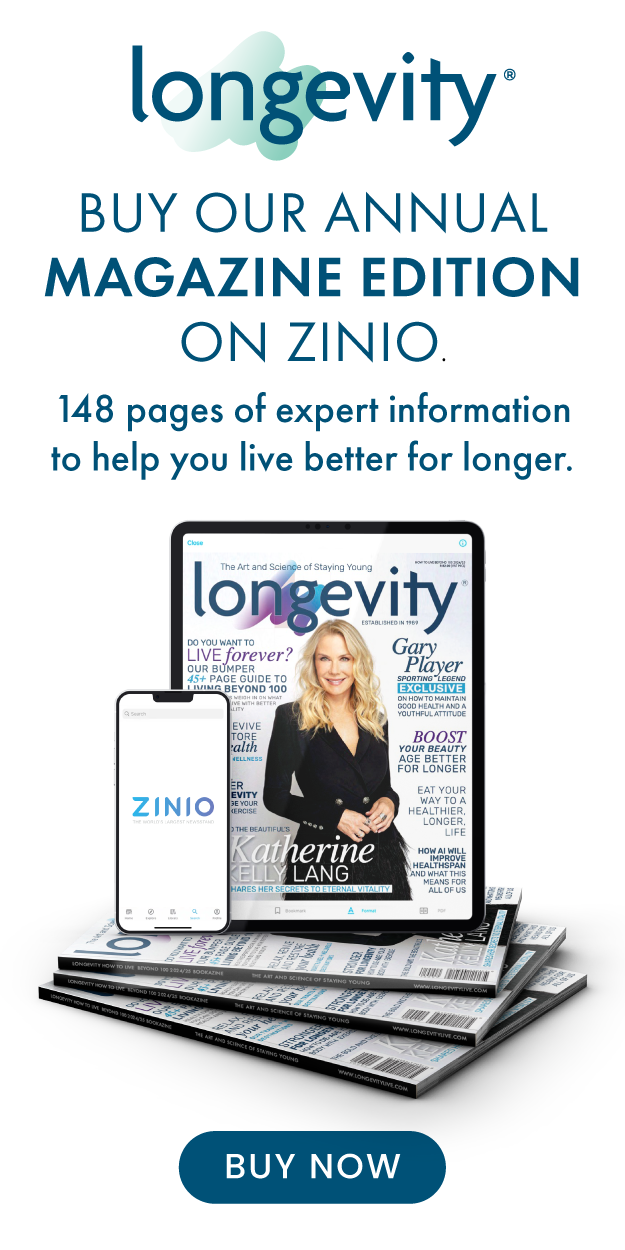Women spend 25% more of their working lives dealing with health challenges than men do,[i] but targeted support by employers for women’s health needs can improve their productivity and quality of life – boosting company bottom lines and economic growth.
Gender and the Economy
More than half of the female health burden occurs during their working-age years. Global GDP could be estimated to be raised by US$1 trillion by 2040 by addressing women’s ‘health gap’ to enable greater workplace participation and productivity.[ii]
“Having more women in the workforce is good for the economy, and also good for their ability to support themselves and their families independently. Yet, work is not always good for their health. Greater understanding and support is needed from employers for the fact that women’s bodies and health needs are simply not the same as men’s,” said Prof Anita Bosch, Research Chair in Women at Work at Stellenbosch Business School.

Prof Anita Bosch
Prof Bosch’s work spans the field of women in paid work in the formal sector in South Africa with a special interest in the African continent. This provides a complex intersectional lens on women’s workplace topics such as identity, gender roles and traits, structural inequality, pay gap transparency, women on boards, sustainable governance, women in male-dominated environments, and workplace gender policy.
Healthier women mean healthier economic growth
Prof Bosch is also the editor of the annual Women’s Report by Stellenbosch Business School, distributed by the SA Board for People Practices (SABPP) and the 2024 edition focuses on women’s health in the workplace.
“Women have made hard-earned gains in increased economic participation and workplace equality, but ignoring their specific health needs places these gains – and their positive socio-economic impacts – at risk.”
Women make up 51% of the South African population,[iii] but despite a steady increase in women in the labour force, men still have a higher employment rate[iv] and women’s unemployment (35.2%) remained higher than that of men (31%) in the first quarter of 2024.[v]
“Companies know that a healthy employee is a more productive and engaged employee. Hence, the rise of corporate health and wellness programmes. What is needed now is greater understanding that women’s bodies and health issues are not the same as men’s. Therefore, we require targeted interventions to support the health of women as more than half of the population,” Prof Bosch said.
Agencies of the United Nations – the International Monetary Fund (IMF), the International Labour Organization (ILO) and UN Women – agree there is substantial evidence that women’s participation in the workforce contributes to higher economic growth.[vi]
“Increasing women’s participation in work has been shown to boost economies and GDP. The rise in the number of women in the formal economy since the 1950s has been a major contributor to economic growth and wage increases.”[vii]
“There is also substantial evidence that economically active women are more likely than men to invest in their families and communities. Thus, enabling women to participate actively in work has a positive ripple effect on society and the health and education of future generations.”
Women’s health in the workplace
The 2024 Deloitte Women @ Work study,[viii] which surveyed 5 000 women across 10 developed and developing countries, including South Africa, reports that women are experiencing higher stress levels than the previous year and are concerned about their mental health.
More than a quarter of women experience health challenges due to fertility, menstruation or menopause. Also, 40% report that they work through pain related to these conditions rather than taking time off. This is due to the fear that disclosing their health challenges will negatively impact their careers.[ix]
“The majority of the women in this study were suffering in silence because they did not feel comfortable discussing or disclosing mental health or reproductive health challenges with their managers. If they do take time off, few disclose the real reason, for fear of discrimination, stigma and impacts on job security or career progression. This is a real fear, as 10-20% report negative experiences and job impacts from discussing their health issues in the past. Women may also take sick leave to take care of children that are unwell, which could distort figures relating to women’s health.”
How can employers do better?
Prof Bosch recommends:
- Ensure that workplace policies (e.g. health, wellness, leave, flexible work) recognise and accommodate women’s specific physical and mental health needs. This would include parental leave and policies that accommodate a return to work after childbirth or cancer treatment, for example.
- Support policy implementation through awareness and training for managers. Try to ‘normalise the conversation’ about women’s health. Also, ensure that women are able to be open about their health needs, take time off if needed, and access appropriate workplace support.
- Address workplace stigma and organisational culture to enable open discussion and support for women’s health needs.
- Clarify remote/hybrid work and family-friendly policies. This will help enable work-life balance and for women to accommodate their household and caring responsibilities alongside work.
- Ensure that company health and wellness benefits support women’s specific health needs.
References
[i] McKinsey Health Institute. 2024. Closing the women’s health gap: A $1 trillion opportunity to improve lives and economies. https://www.mckinsey.com/mhi/
(This report analysed data from the Global Burden of Disease study by the Institute for Health Metrics & Evaluation, University of Washington School of Medicine, https://www.healthdata.org/
[ii] McKinsey Health Institute. 2024. Closing the women’s health gap: A $1 trillion opportunity to improve lives and economies. https://www.mckinsey.com/mhi/
[iii] Stats SA. August 2024. Mid-year Population Estimates. https://www.statssa.gov.za/?
[iv] Stats SA. 2022. Gender Series Volume IX: Woman Empowerment, 2017-2022. https://www.statssa.gov.za/
[v] Stats SA. 2024. Quarterly Labour Force Survey, Q1 2024. https://www.statssa.gov.za/
[vi] HSRC. 2024. Women’s position and barriers in the South African labour market. https://hsrc.ac.za/news/
[vii] McKinsey Health Institute. 2024. Closing the women’s health gap: A $1 trillion opportunity to improve lives and economies. https://www.mckinsey.com/mhi/
[viii] Deloitte Global. 2024. Women @ Work: A Global Outlook. https://www.deloitte.com/
[ix] Deloitte Global. 2024. Women @ Work: A Global Outlook. https://www.deloitte.com/





![women [longevity live]](https://longevitylive.com/wp-content/uploads/2020/01/photo-of-women-walking-down-the-street-1116984-100x100.jpg)









